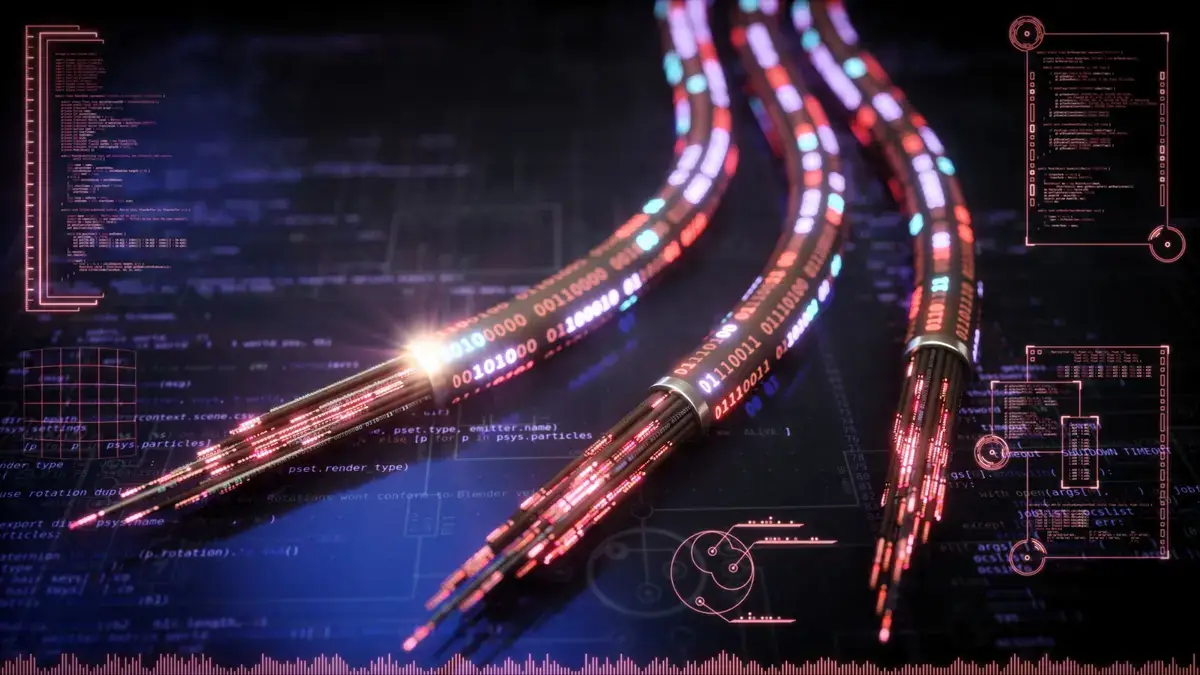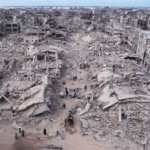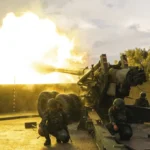In a startling development that further escalates tensions in the Middle East, Iran’s Foreign Minister Abbas Araghchi has stated that a U.S. strike on the Fordow Fuel Enrichment Plant inflicted “serious and heavy” damage. The incident, part of Operation Midnight Hammer launched early on June 22, marks a critical turning point in the Iran–Israel–U.S. confrontation. This article offers a comprehensive and professionally crafted account, integrating updates from social media platforms, satellite imagery, expert commentary, and official statements.
Timeline & Scope of the U.S. Strike
Date & Time of Strike: The attack occurred between 02:10 and 02:35 IRST on June 22, employing B‑2 stealth bombers—each loaded with up to 30,000‑lb GBU‑57/B bunker‑buster bombs—coupled with Tomahawk missiles from a submariner vessel.
Declared Operation Name: U.S. officials have identified the mission as Operation Midnight Hammer, a joint operation targeting Fordow, Natanz, and Isfahan.
Immediate Impact: Visual evidence shows deep craters, damaged tunnel entrances, and densified debris—all clear consequences of powerful underground strikes.
Foreign Minister’s Statement & Ongoing Assessment
In an exclusive interview broadcast on CBS News today, Araghchi said:
“No one exactly knows what has transpired in Fordow. That being said, what we know so far is that the facilities have been seriously and heavily damaged.”
He added that Iran’s Atomic Energy Organization is conducting a thorough damage evaluation, with findings set to be delivered to the government in the coming days.
U.S. and Israeli Reaction
U.S. Position: President Donald Trump has celebrated the mission’s success, asserting that the strike “completely and totally obliterated” the Fordow facility, claiming only “thousands of tons of rock” remain.
Intelligence Discrepancies: A leaked Defense Intelligence Agency (DIA) memo hinted that Iran could resume nuclear operations within months—but senior officials denounced the report as “low‑confidence” and inaccurate.
IAEA Viewpoint: UN nuclear chief Rafael Grossi described the blast’s impact as “very significant”, warning that centrifuges and underground structures were likely compromised.

Digital Footprints: Social Media & Satellite Surveillance
Satellite Imagery: High-resolution visuals from Maxar Technologies reveal active repair efforts—excavators at tunnel shafts, freshly cleared access roads, and fresh earth covering crater sites.
Instagram & TikTok: Short videos show analysts marking crater points and rebuilding efforts. A widely shared clip captures an analyst’s voice noting, “This crater was directly over the enrichment shaft.” Significance and seriousness of the damage dominated trending hashtags like #FordowDamage.
X (Twitter) Reaction: Iranian officials denounced the attack as “a blatant act of aggression,” while U.S. analysts formulated comparisons to other deep-strike missions. Activists on both sides debated credibility before the full damage reports are released.
Strategic and Technical Implications
Delay Capability: The bunker‑buster bombs likely disrupted underground centrifuge operations, cutting Iran’s enrichment capacity by months.
Enriched Uranium Stock: Reports indicate Iran may have removed high‑enriched uranium (60 percent HEU) prior to the strike. However, such material cannot be destroyed, only buried under rubble.
Repair & Resilience: Satellite data from July 1 show Iran covering craters and constructing road access—suggesting planned repairs and crisis mapping.
IAEA Disengagement: Iran’s suspension of cooperation with the nuclear agency complicates independent verification and transparency. Tehran insists that inspections resume only with security assurances for its scientists and facilities.
Global Political Landscape
U.S.–Iran Diplomatic Rift: With Tehran breaking from the IAEA and accusing Western bodies of collusion, mediation faces increasing strain. Iran’s President Masoud Pezeshkian signed legislation mandating suspension of IAEA oversight in retaliation.
Middle East Dynamics: Israel insists its nuclear threat justification remains valid; other regional players—and global markets—eye potential oil price spikes and disruptions .
Economic Markets: Oil prices climbed 14% amid supply concerns, though major equity indices recovered quickly due to assumptions of a contained conflict.
Ceasefire Considerations: A nascent U.S.–Iran diplomatic channel in Oman was halted late June, though renewed mediation could depend on the integrity of nuclear sites.
The U.S. strike on Fordow, characterized as “seriously and heavily damaged” by Iran’s Foreign Minister, represents the first overt U.S. military role in the broader Iran–Israel conflict. With high-stakes diplomacy, regional friction, and unreliable intelligence forecasts, the next fortnight will determine the geopolitical trajectory—from recovery and repair to renewed escalation or restraint. This case highlights how modern warfare now intertwines advanced munitions, satellite surveillance, political theatre, and media onslaughts—shaping global outcomes in real time.






